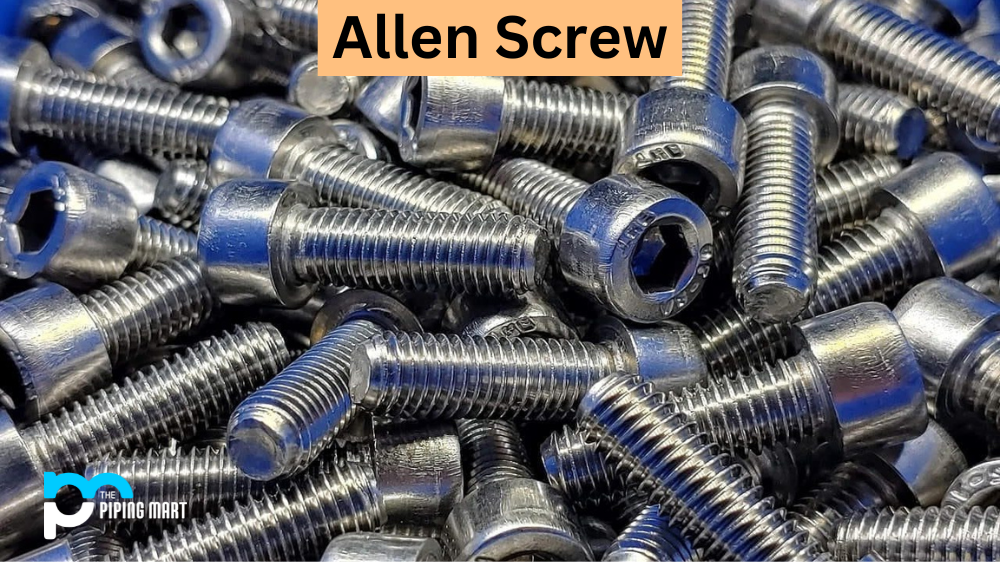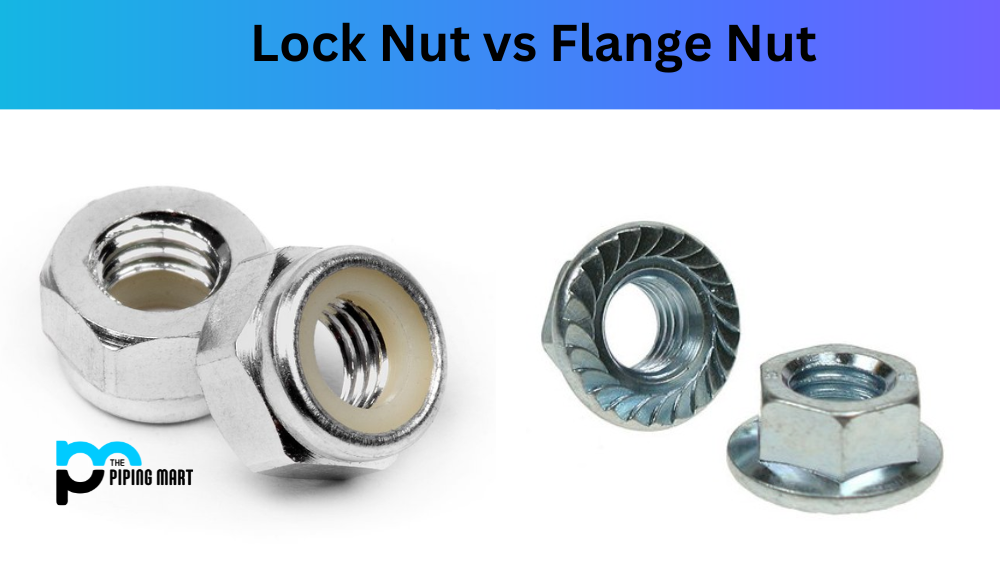Stud bonding is a widely used method for fastening electrical components, particularly in the aviation and automotive industries. Bonding studs provide many advantages over traditional nut-and-bolt fastening, but some limitations exist. If you’re considering bonding studs for your next project, this blog post will address the pros and cons to help you make an informed decision.
Advantages of Bonding Studs
Electrical Grounding: Bonding studs provide an excellent electrical ground between components. Traditional methods typically make the ground connection by a separate wire. But with bonding studs, the connection is automatic, reducing the risk of an incomplete grounding system.
Easy to Install: Once the technique is down, bonding studs can be easier to install than nuts and bolts. There are no threads to worry about; instead, the stud is glued onto the surface using a conductive adhesive. The adhesive hardens over time, creating a secure bond.
Reduced Weight: Bonding studs are also lighter than traditional nuts and bolts, making them ideal for lightweight aircraft and automobiles.
Corrosion Protection: Bonding studs can also help protect against corrosion, essential for components installed in harsh environments.
Disadvantages of Bonding Studs
Cost: One of the main disadvantages of bonding studs over traditional nuts and bolts is the cost. Bonding studs, conductive adhesive and necessary tools can be expensive.
Harder to Remove: If you need to remove a component attached to a bonding stud, it cannot be easy to do so. Studs must be removed by cutting or grinding, which is more time-consuming than simply unscrewing a fastener.
Limited Strength: Traditional nuts and bolts are stronger than Bonding studs, so they may not be the best option for applications with high force levels.
Speciality Tools: Installing bonding studs requires speciality tools, which can be hard. Plus, they take time to learn and use correctly.
Conclusion:
In conclusion, bonding studs provide many benefits over traditional nuts and bolts, including improved electrical grounding, corrosion protection, ease of installation, and reduced weight. However, they do come with some limitations, such as cost, reduced strength, and the need for speciality tools. It’s important to carefully weigh the pros and cons when using bonding studs for your project. While bonding studs are not always the right choice, they can be an excellent option for the right application.

A passionate metal industry expert and blogger. With over 5 years of experience in the field, Palak brings a wealth of knowledge and insight to her writing. Whether discussing the latest trends in the metal industry or sharing tips, she is dedicated to helping others succeed in the metal industry.




